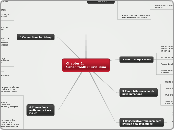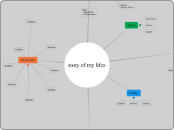by Breann Sharma 4 years ago
211
Organigram
The disparity in educational resources and opportunities between schools in high and low-income areas significantly affects students. Schools in affluent neighborhoods often have more fundraising capacity, allowing them to provide additional perks like extra technology, which low-income schools cannot afford.









